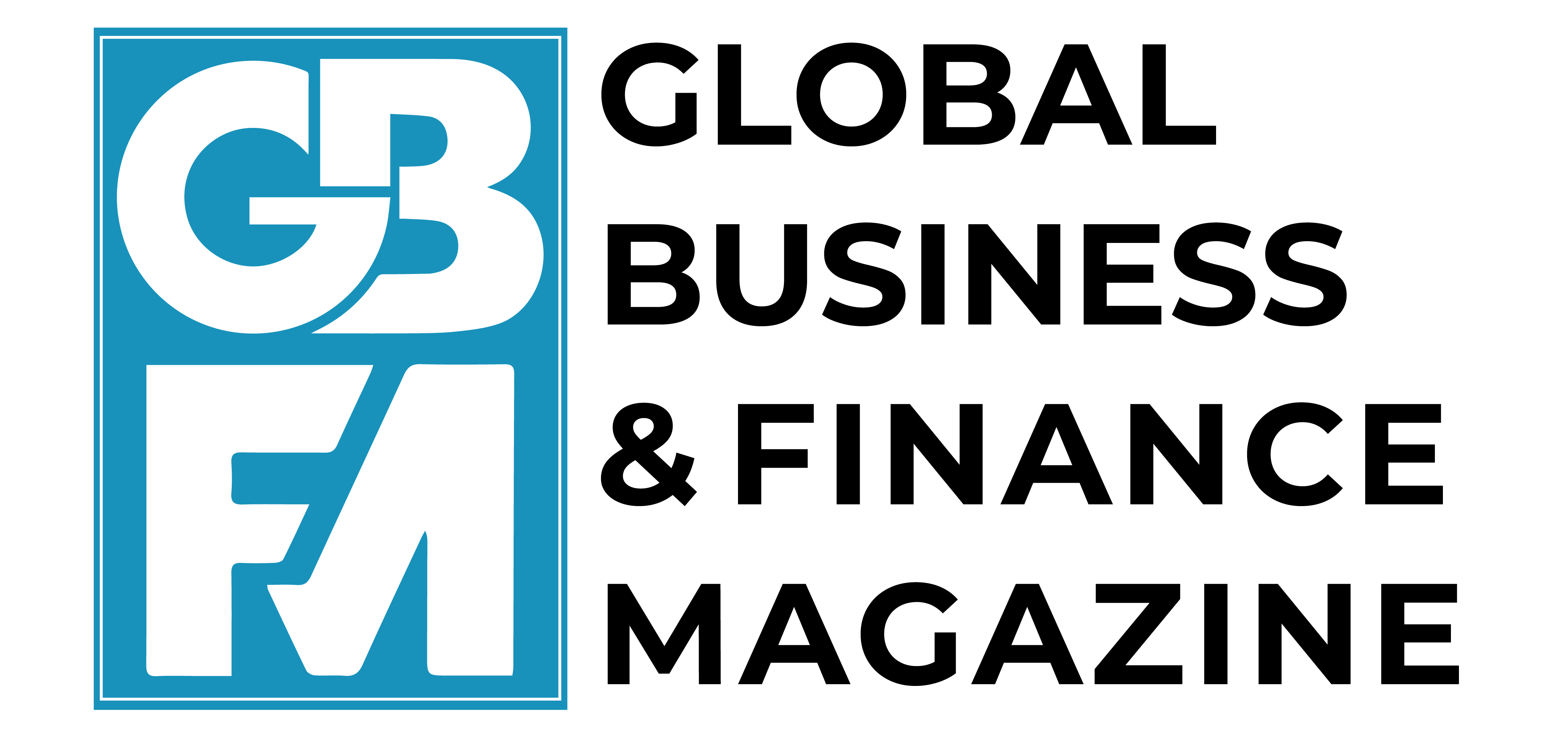When the Trump administration pledged to impose “reciprocal tariffs” on countries with “unfair” trade practices, trade economists scrambled to determine what such tariffs might look like. But modelling any tariff-based intervention requires reliable data on what countries actually impose, and this column argues that the tariff data we rely on are incomplete and often wrong. The author introduces a Global Tariff Database based on a novel algorithm which provides a valuable resource for empirical analysis and for any policy analysis that depends on accurate information about tariff rates.
When the Trump administration pledged to impose “reciprocal tariffs” on countries with “unfair” trade practices, trade economists scrambled to determine what such tariffs might look like. Taken literally, reciprocity means mirroring the tariffs imposed by trading partners – for example, the US adopting a 10% tariff on cars if the EU does the same. In reality, the Trump administration followed a very different logic. Rather than matching partner tariffs, it used a formula aimed at reducing bilateral trade deficits (Baldwin and Barba Navaretti 2025, Evenett and Fritz 2025). Still, the idea of reciprocal tariffs highlights a broader issue: to model any tariff-based intervention, we need reliable data on what countries actually impose.
Most researchers turn to the World Integrated Trade Solution (WITS) – the World Bank’s standard source for applied tariffs. But as I show in this column, the data are riddled with errors that can distort both research and policy evaluation.
Incomplete reporting in standard sources for tariff data
WITS relies entirely on self-reported data. Countries submit information voluntarily and often inconsistently. As a result, the dataset contains large gaps, making it difficult to track tariff policy reliably across time, products, and trading partners. In a recent paper (Teti 2024), I document the scale of the problem, introduce a new dataset that substantially improves the reliability of global tariff information, and show how errors in existing data bias one of the most important parameters in international trade, namely, trade elasticity.
Why WITS can’t be trusted for tariff data
Two fundamental issues limit the reliability of WITS data for research and policy analysis.
The first is false interpolation. Countries apply two main types of tariffs: most-favoured nation (MFN) rates for WTO members, and lower preferential tariffs – often zero – to members of regional trade agreements (RTAs). Reporting is irregular, especially for preferential tariffs, which are often missing even when MFN rates are available.
To determine the tariffs that countries impose on each other, WITS uses the min-tariff rule: it selects the lowest available rate – preferential if reported, otherwise MFN. This hinges on the key assumption that when a preferential tariff is missing, no trade agreement exists. But many countries fail to report complete tariff schedules each year. When preferential rates are unreported, WITS substitutes in the higher MFN rate, creating artificial spikes. These jumps don’t reflect actual changes in policy – they are artifacts of flawed interpolation that undermine the reliability of tariff data for empirical analysis.
Figure 1 shows how this issue plays out in Mexico’s tariffs on US imports between 1988 and 2021. Reporting was inconsistent across years. MFN tariffs are mostly available from 1995 onwards but missing for 2019–2021 and patchy at the beginning of the sample. Preferential rates are reported even less frequently, as shown by the sparse red dots. When these are missing, WITS defaults to the higher MFN rate, producing large spikes that reflect data gaps, not actual policy changes.
Figure 1 Missing tariffs and false interpolation in WITS: Mexico’s tariffs on US imports, 1988—2021 (%)


Note: The figure shows the unweighted average across all HS6-level products of the preferential, MFN, and “effectively applied” tariff rates reported by WITS for tariffs imposed by Mexico on imports from the United States. The spikes reflect years in which preferential tariffs are missing while MFN tariffs are reported, leading WITS to falsely interpolate with the higher MFN rate.
The problem is not limited to Mexico. False interpolation is widespread. In 2001, for example, tariffs were misreported for 30% of global imports within RTAs, overstating actual rates by an average of 6.9 percentage points.
The second issue is selection bias. WITS reports tariffs only for product–country pairs with positive trade flows in UN Comtrade. This creates two forms of positive selection:
- Zero-trade flows are excluded entirely.
- Many flows go unreported – especially for low-income countries – because UN Comtrade itself is incomplete. Reporting coverage varies widely across countries and years (Gaulier and Zignago 2010).
In 2001, tariff rates were reported for just 3% of all product–country pairs, covering only 67% of global imports. This limited coverage is especially problematic for research on how tariffs affect trade across countries with different income levels. Moreover, without a complete set of tariff rates, key questions—such as the effects of tariffs on the extensive margin of trade or the drivers of protectionism—cannot be addressed.
Correcting tariff data: Easier said than done
At first glance, these problems may seem easy to detect and fix. In reality, the sheer scale and complexity of the data make that task exceptionally difficult.
A survey of top-five general interest economics journals since 2010 shows that 10 out of 21 studies either made no corrections or attempted to fill in missing data using flawed tariffs – such as the falsely interpolated preferential tariff rates provided by WITS. These efforts, while practical, risk amplifying the very biases they aim to reduce.
The problem is particularly prevalent in studies that rely on cross-country variation in both MFN and preferential tariffs. With data spanning importers, exporters, products, and years, detecting and correcting errors becomes a major challenge. By contrast, studies focused on a single country or a small set of products can more easily identify and fix mistakes (e.g. Head and Mayer 2019, Conconi et al. 2018). Research using only MFN tariff rates also tends to face fewer issues, since those data are generally more complete and reliable (e.g. Bagwell and Staiger 2011, Handley and Limão 2017).
A new methodology to fill the gaps
To address missing and misreported tariff rates, I develop a novel interpolation algorithm and use it to construct the Global Tariff Database (GTD).
- First, I reduce missing observations by combining five complementary sources of tariff data: unprocessed data from UNCTAD, the WTO, the International Trade Center (ITC), national authorities, and detailed phase-in schedules from 149 free trade agreements (FTAs).
- Second, I fill remaining gaps using an algorithm that infers missing tariff rates based on reported values. The method captures key features of trade policy, such as gradual phase-outs and sequentially deepening agreements.
- Finally, I retrieve the lowest applicable statutory rate – whether MFN or preferential – for each observation. 1
A validation exercise confirms that the novel algorithm outperforms alternative approaches for filling missing tariff data. The resulting dataset covers 200 importers and their trading partners over 34 years (1988–2021) at the HS6 level, with more than 6.9 billion tariff observations – offering the most comprehensive and granular view of global tariff rates to date.
What difference do clean data make?
To demonstrate the impact, I revisit three influential studies estimating the trade elasticity – one of the most important parameters in international economics. This elasticity measures how sensitive imports are to trade costs and plays a central role in calculating gains from trade (Costinot and Rodríguez-Clare 2014). For example, in the ACR formula (Arkolakis, Costinot, and Rodríguez-Clare 2012), using a trade elasticity of –1 implies welfare gains of 7% for the US in 2000. With an elasticity of –10, those gains shrink to 0.72%.
Re-estimating these studies with corrected tariff data yields striking results:
- Arkolakis et al. (2018) underestimate the trade elasticity, which increases in absolute terms from –4.28 to –9.81.
- Caliendo and Parro (2015) show little change, as the biases from false interpolation and selection roughly offset each other.
- Boehm et al. (2023) overstate the impact of tariffs on trade, with the long-run elasticity falling from –2.14 to –0.80.
These results contribute to a longstanding debate in international economics on the magnitude of the trade elasticity. Despite its central role, there is still no consensus on its true value. Estimates range from –10 to –1, depending on the method, setting, and sample (e.g. Romalis 2007, Fontangé et al. 2022, Fajgelbaum et al. 2020). Given the scale of the data issues, one might expect poor quality to explain the wide range of estimates. However, data quality alone does not explain the variation. If anything, cleaner data widens the range highlighting deeper challenges beyond data quality, including treatment heterogeneity across countries and sectors, difficulties in aggregation, and, more broadly, the need for more careful identification strategies in future research.
Conclusion
This column highlights a fundamental challenge for trade economists: the tariff data we rely on are incomplete and often wrong. Left unaddressed, this has wide-ranging implications for empirical analysis as well as for any policy analysis that depends on accurate information about tariff rates. The novel algorithm and the resulting Global Tariff Database help alleviate some of these problems and provide a valuable resource for researchers.
Source : VOXeu



































































